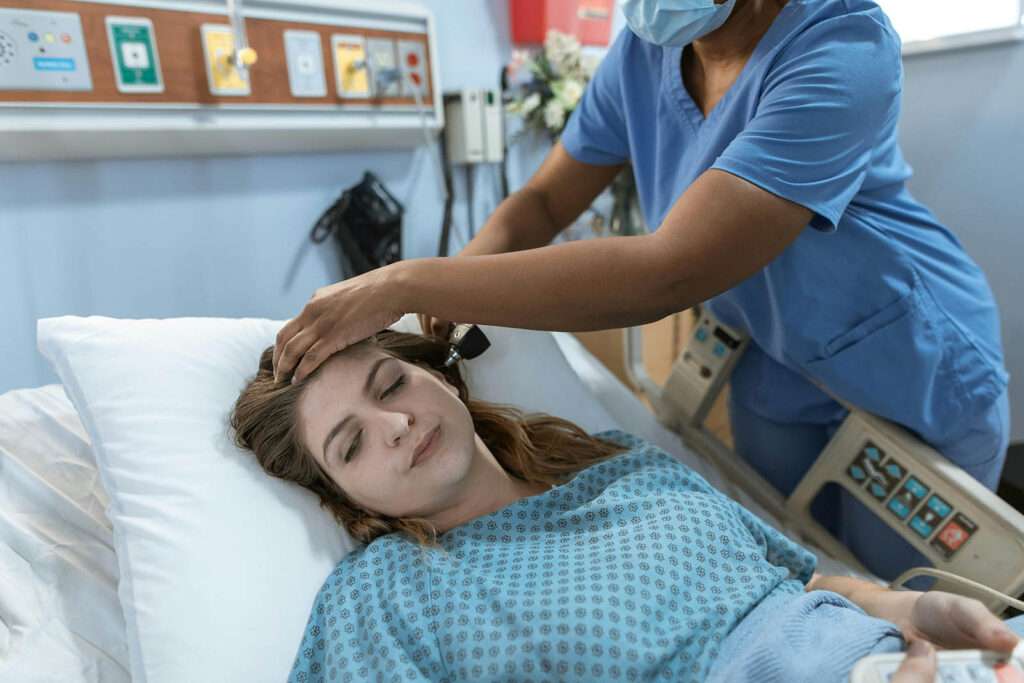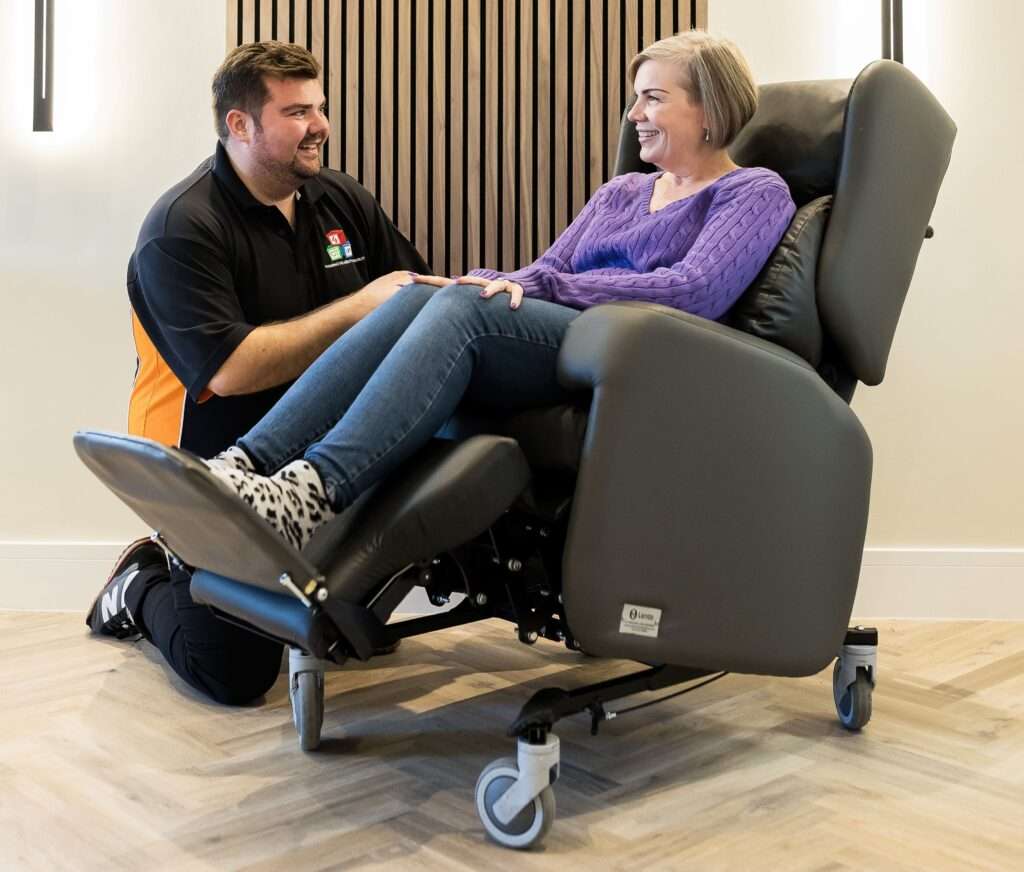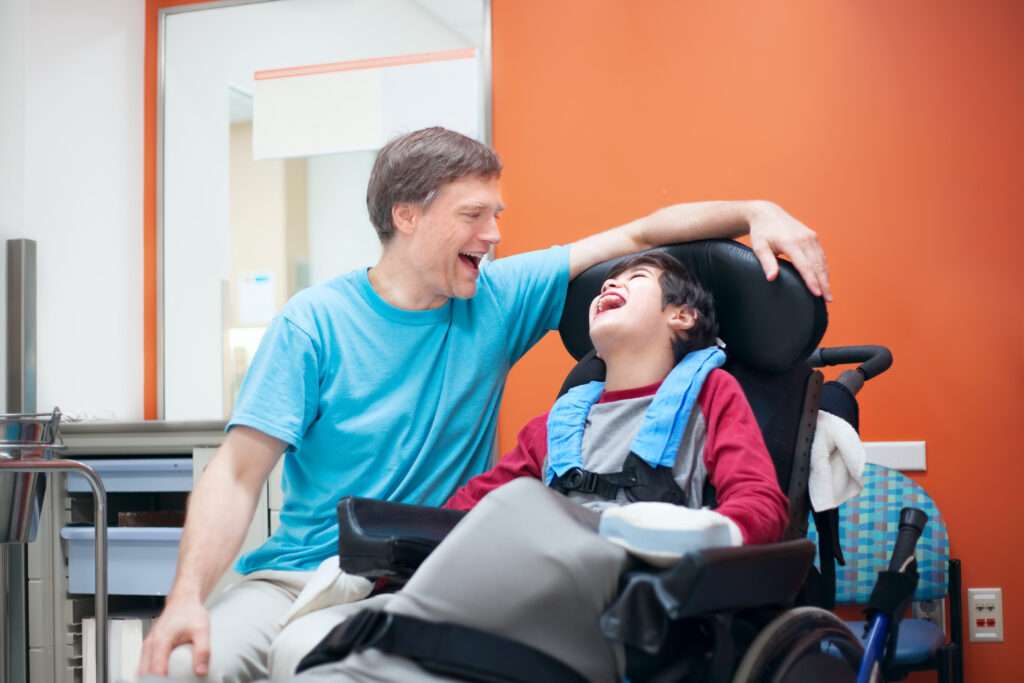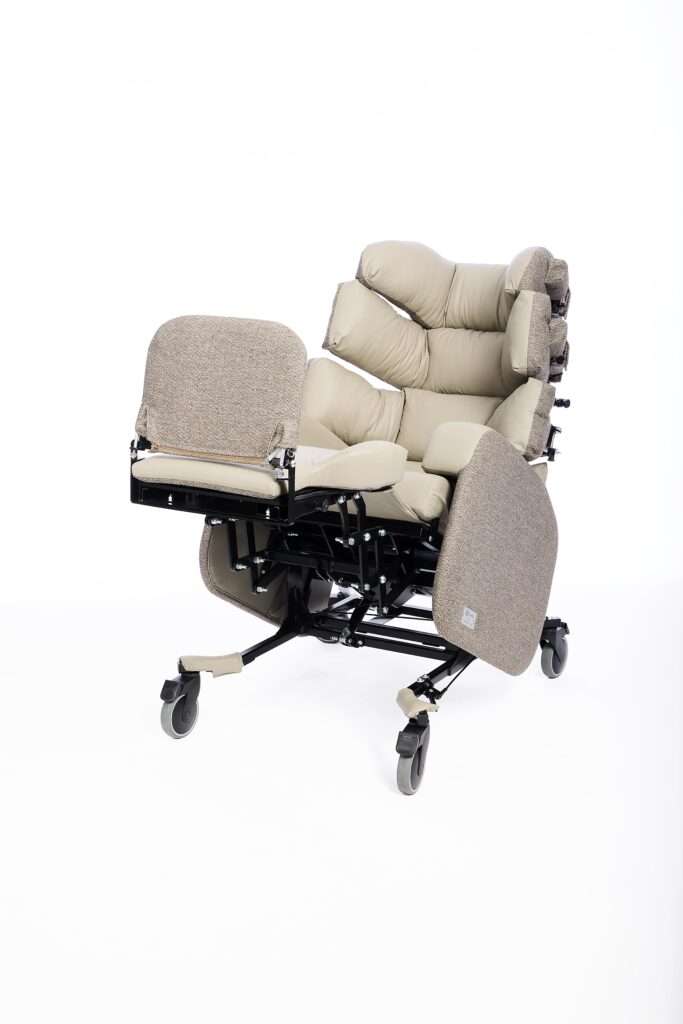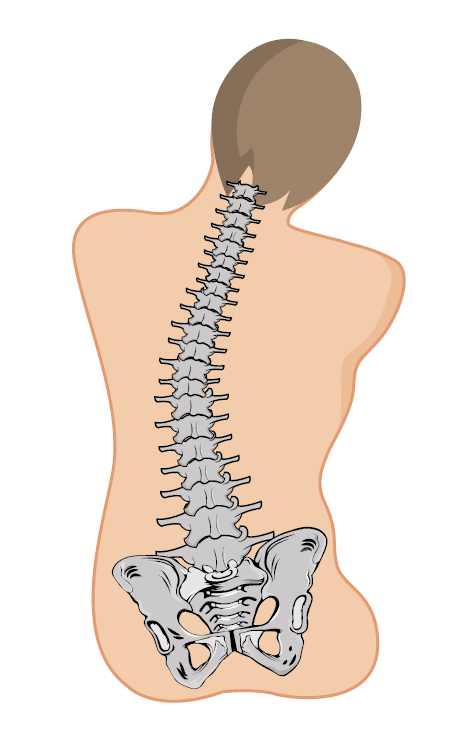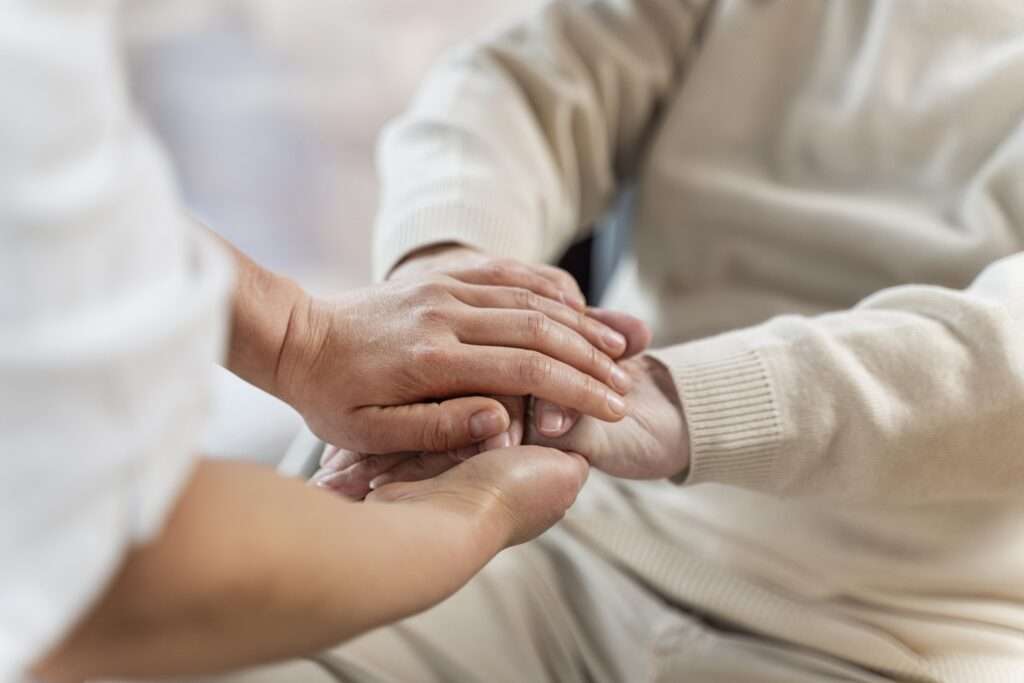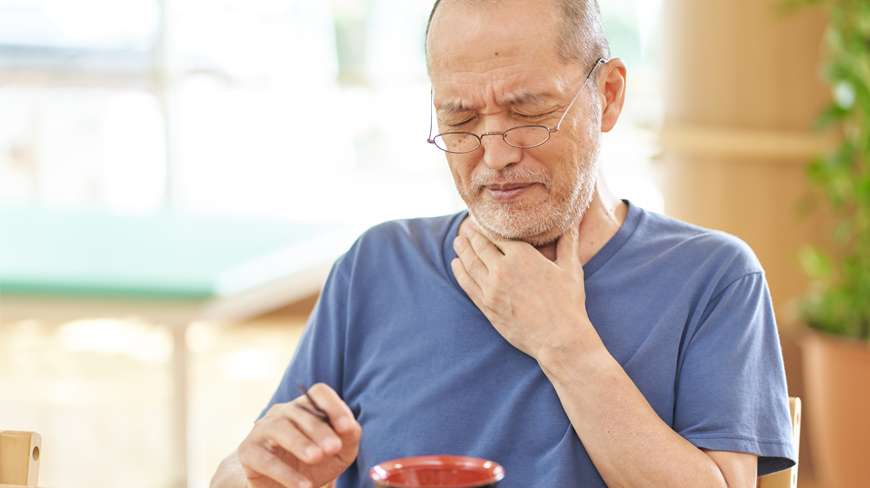What happens in Critical Care Wards?
Intensive care, otherwise known as the critical care unit in a hospital, is where critically ill patients needing vital organ support are closely monitored, following a serious illness/injury or major surgery.
Critical Care normally consists of two main areas, HDU (High Dependency Unit) and ICU (Intensive Care Unit). ICUs have higher staffing levels than HDUs, and one-to-one carer/patient support, to monitor the patient as closely as possible.
Critical care wards are high-pressure, fast-paced environments, where patients may be immobilised for extended periods of time whilst receiving vital organ support.
Jump straight to…
Patient Needs in Intensive Care Wards
Patients will be bedbound and may have limited mobility, so in the recovery phase they will need to be helped to gradually mobilise. Therefore they will need seating that is easy to transfer onto and accommodates a diverse range of body types.
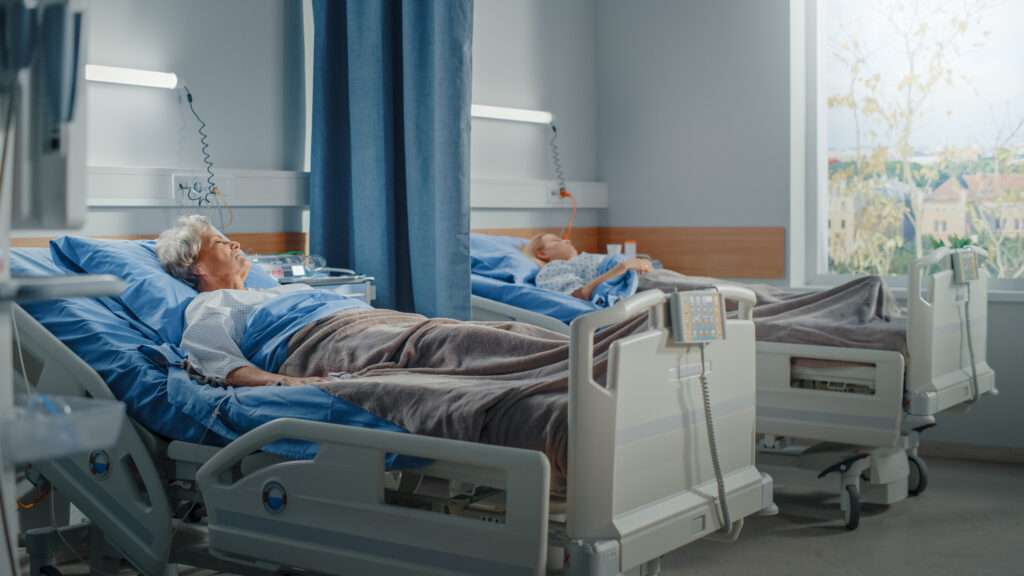
What to Look for in Seating for Critical Care Wards
Easy Mobility
With the fast-paced nature of the ward, seating will need to be intuitive and easy for carers to operate and move around quickly and safely.
Lie-Flat Ability
Having a chair that can be repositioned to lie completely flat is a huge advantage for ICU nurses and ward staff, for the following reasons:
- Early mobilisation. Patients can be extremely weak following intensive treatment, and may find it difficult to move and support their own body weight. Transferring them into a chair in the lying position with the assistance of a pat slide can help them mobilise quicker, and reduce shear friction when transferring. Learn more about the importance of early mobilisation here.
- Positioning options. Lay-flat chairs can be positioned in a variety of ways to maximise patient comfort, improving circulation and skin integrity.
- Manual handing. Transferring patients into a lie-flat chair is far easier for ICU staff, reducing strain.
Wheeled Castors with Locking Mechanisms
Seating should be on sturdy castors that are easy to manoeuvre, but can withstand rigorous use in an ICU ward. ICU seating also needs to be secure for performing emergency procedures like CPR, which can be achieved with braked castors or a central locking brake that is easily activated.
Removeable and Adjustable Components
Having adjustable wings, sides, headrest and footplate provide the flexibility needed for a range of medical procedures that may need to be performed while in the chair.
Removeable arms or sides are needed to facilitate bed to chair transfers via a pat-slide, instead of using a hoist.
Infection Control Friendly
Maintaining a sterile environment in hospital wards is essential, especially in critical care. Upholstery that is anti-bacterial, easy to clean and durable to stand up to wear and tear are all important requirements for good infection control.
Adjustability
Height adjustment and other functions all give easier access to the patient and alleviate strain.
Critical Care Chairs
Sertain Hi-Lo ICU Chair
Designed in collaboration with critical care and trauma wards, the Sertain Hi-Lo ICU chair lays completely flat, so is perfect for early mobilisation of ICU patients.
The chair features a range of adjustment options to aid patient comfort and recovery:
- Backrest movement. The backrest reclines, opening up the pelvis for a more recumbent position and relieving pressure.
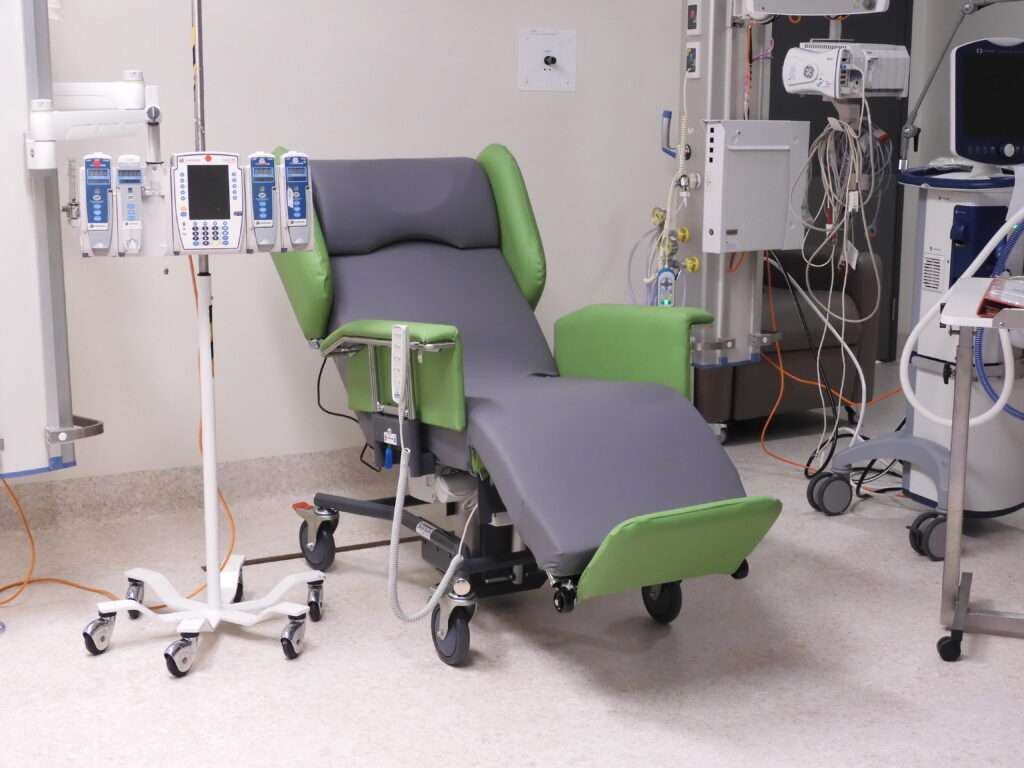
- Seat Tilt. Tilting the angle of the seat, when used in combination with the backrest recline can achieve a zero-gravity position.
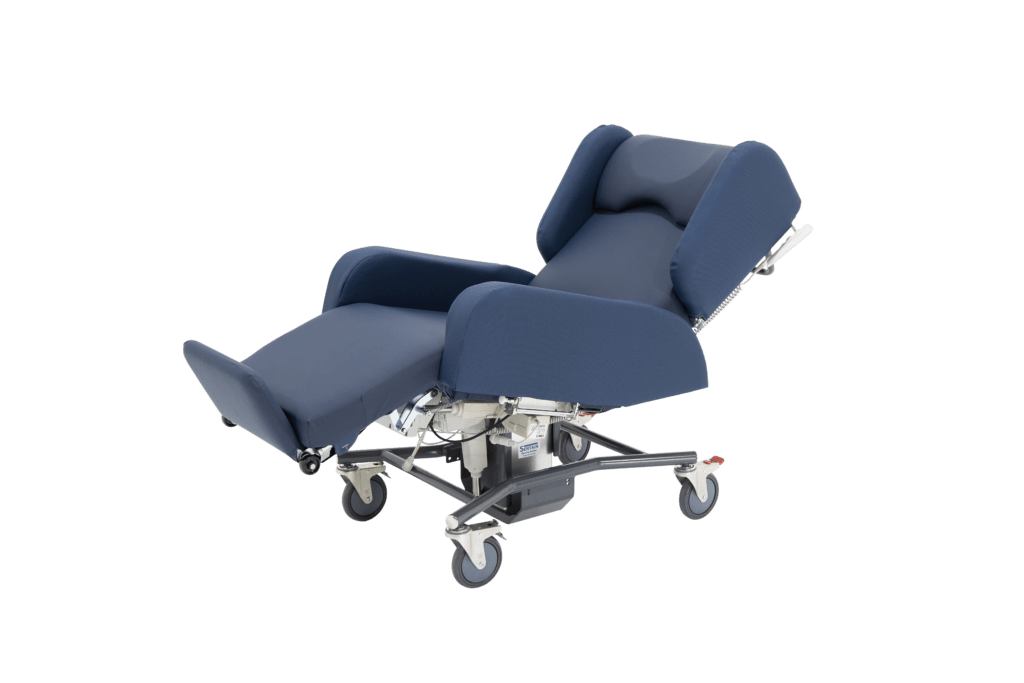
- Hi-Lo Seat Movement. The height of the chair can be adjusted from 550 to 850mm to achieve the right height for transfers, physio and carer access.
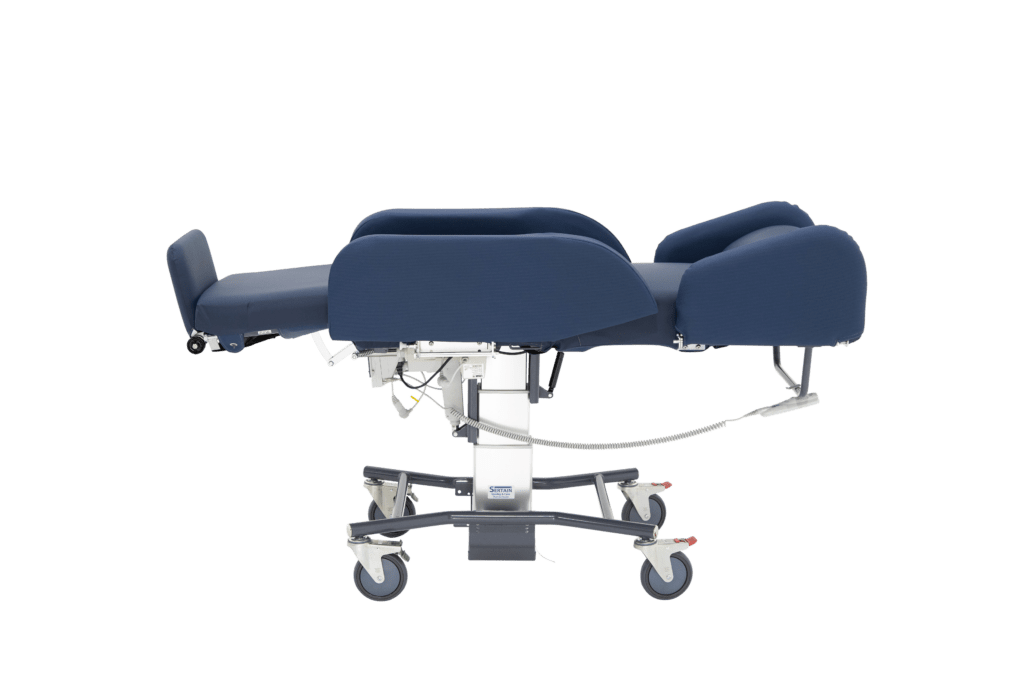
- Legrest Adjustability. The legrest is independently angle-adjustable, which can help reduce pressure and swelling in the limbs from inactivity.
The removeable armrests and swing-away sides on the chair are useful for accommodating wider patients and transferring them.
The Sertain chair has a minimal and tidy design for good infection control, and the frame underneath is easy to access for cleaning.
The Multicush pressure management seating system removes the need for extra cushions to be added, saving carers valuable time, and means patients can use the chair straight away without waiting for a cushion to be delivered.
The compact design of the Sertain chair and ease of transfer with a pat slide removes the need for hoists or other moving and handling aids. This is ideal for busy ICU wards where space is restricted and there are limited resources available for manual handling.
Other Seating for Critical Care
The Sertain chair is available as a bariatric model to cover a greater range of patient sizes. Our previous post Best chairs for Early Mobilisation covers a range of chairs designed to help patients recover from intensive treatments, which feature lie-flat functionality and can be quickly converted from seated to ‘stretcher-style’ positioning for efficient transfers.
Conclusion
The dynamic nature of ICU environments demands seating that can adapt quickly. Whether it’s repositioning a patient for a procedure, creating space for medical equipment, or helping the patient to remobilise, flexibility is key.
We provide free demonstrations and trials to ICU wards nationwide, why not get in touch for more info?
Get Expert Advice





